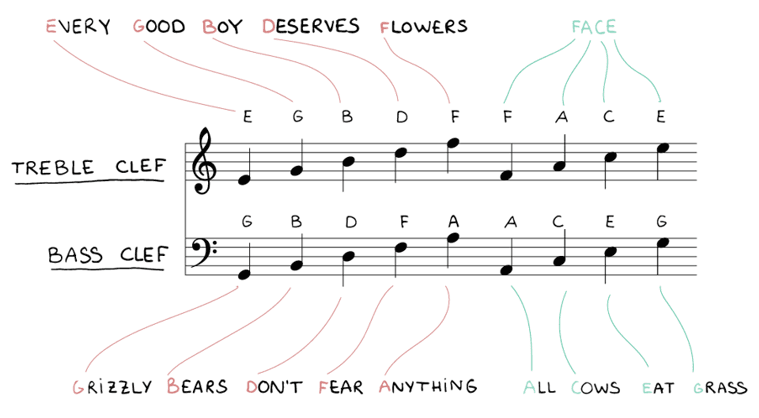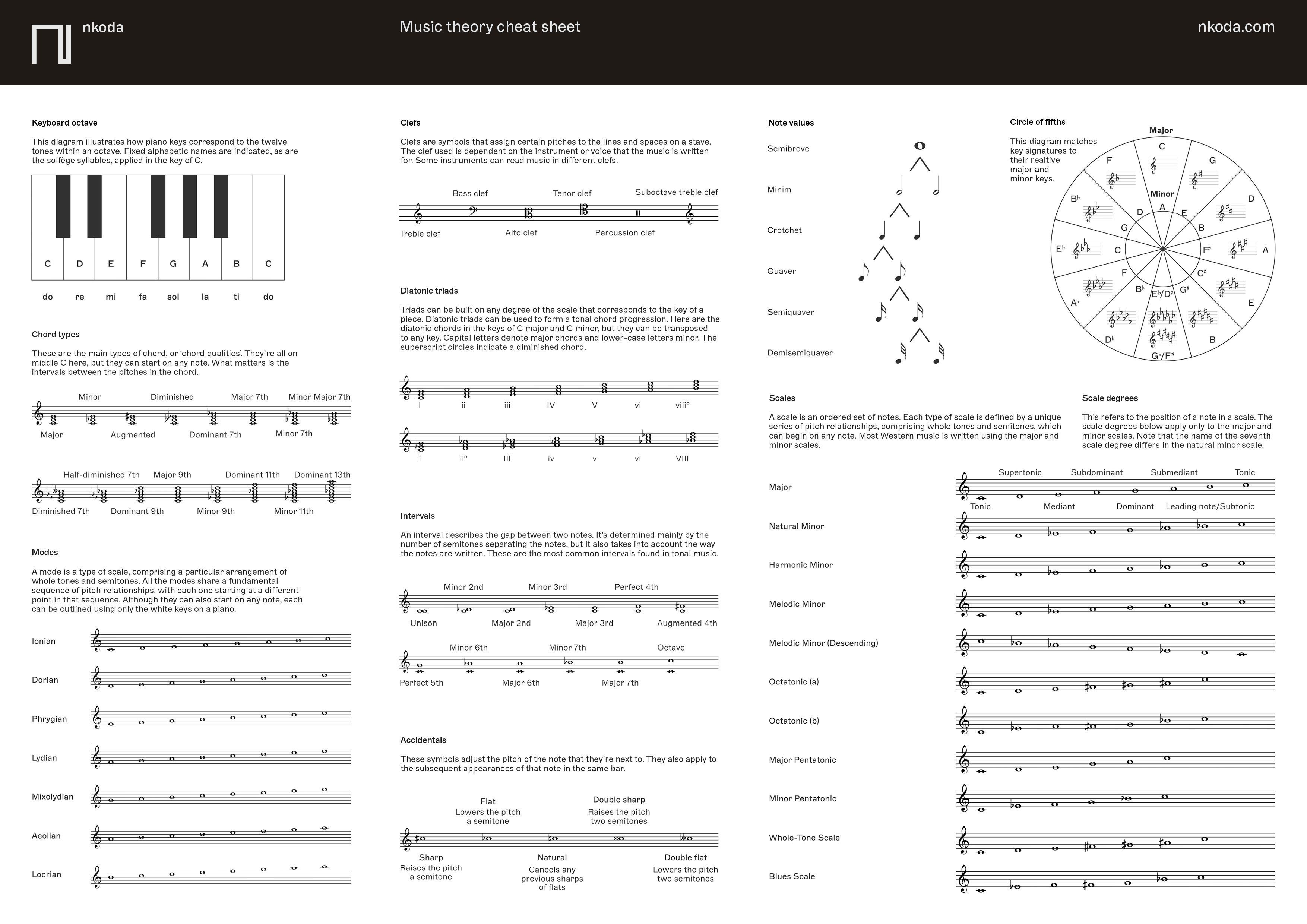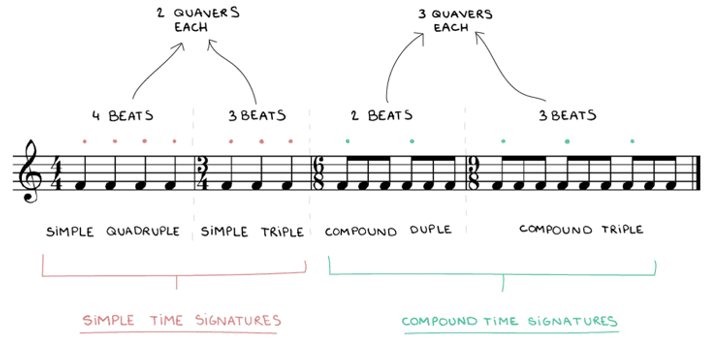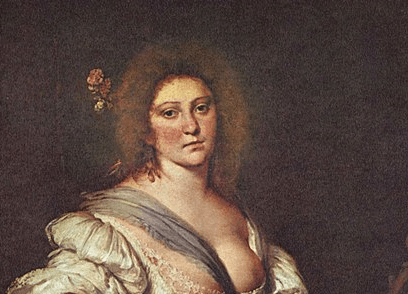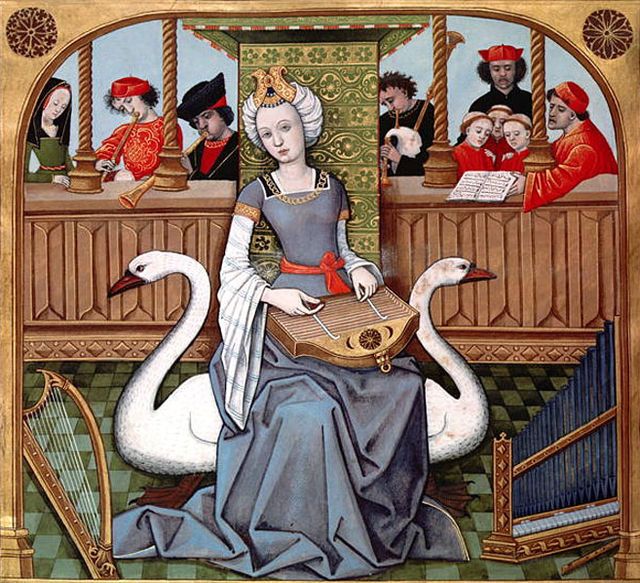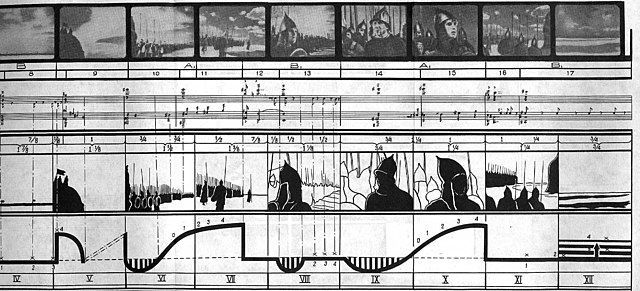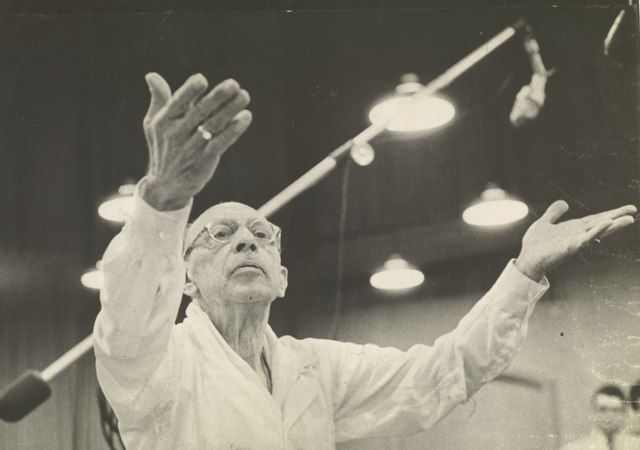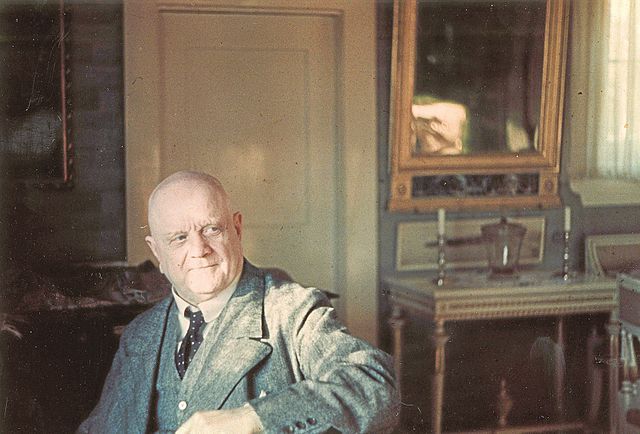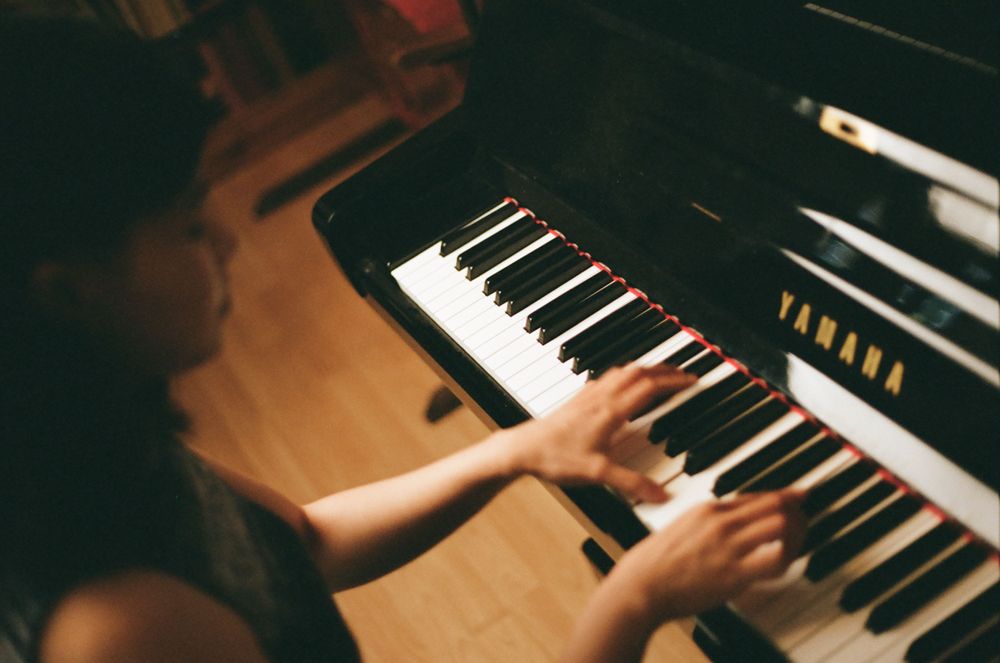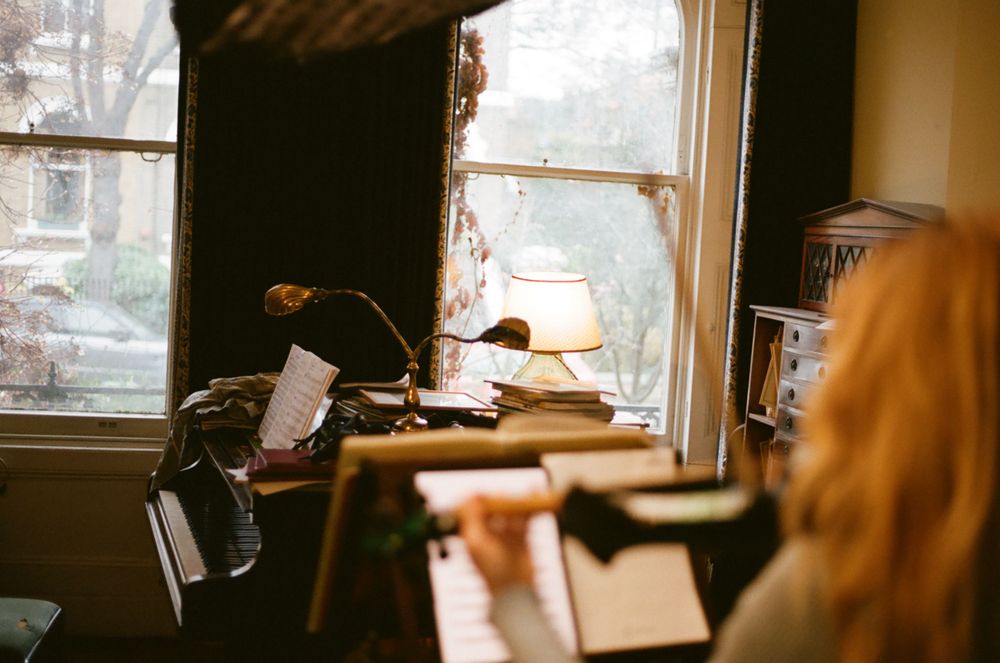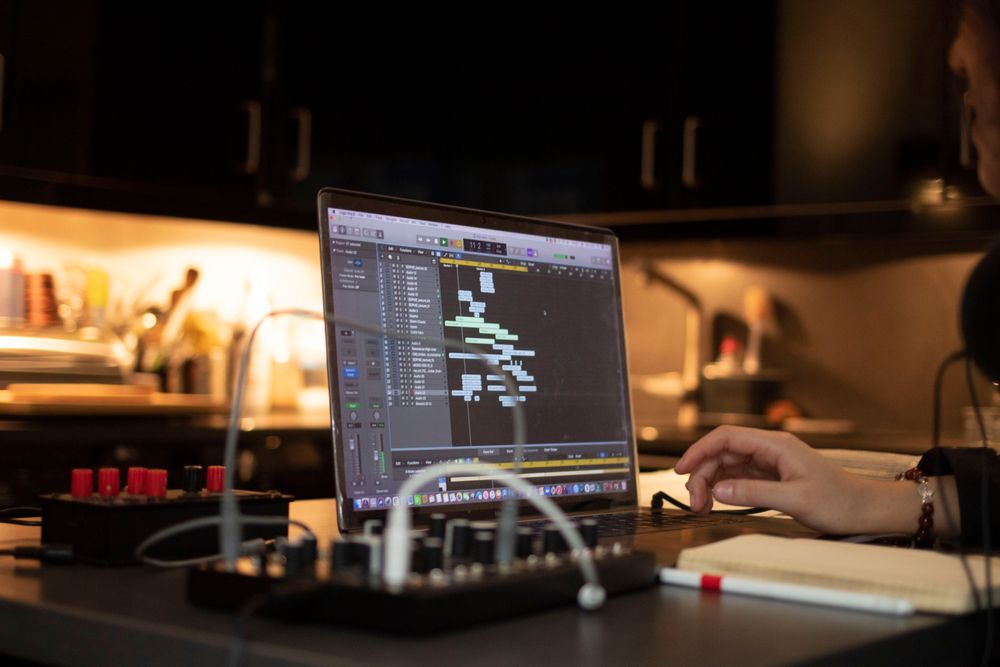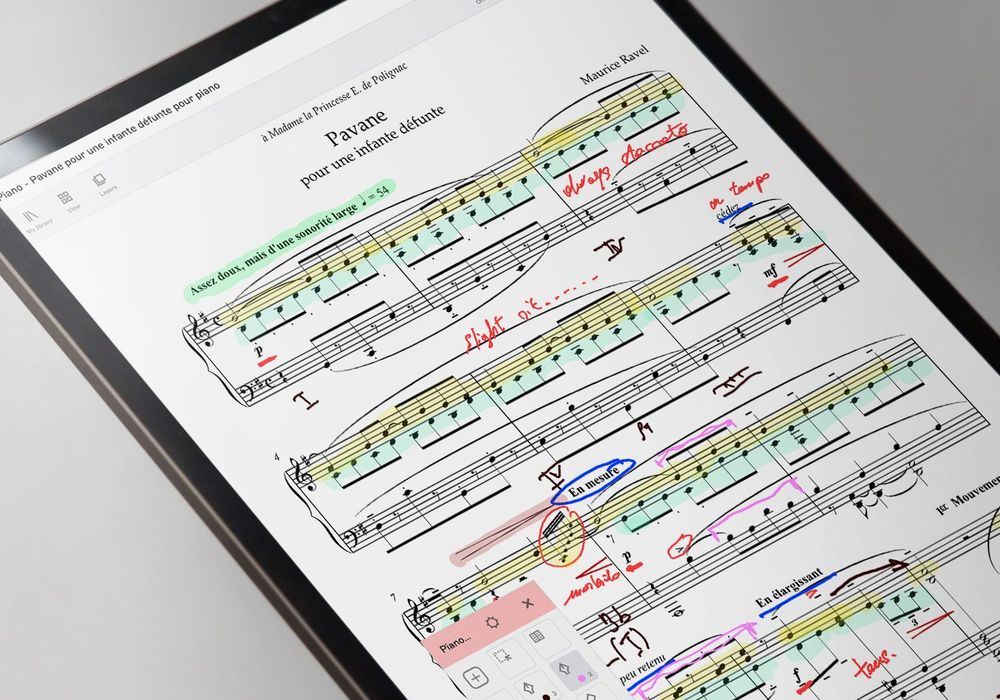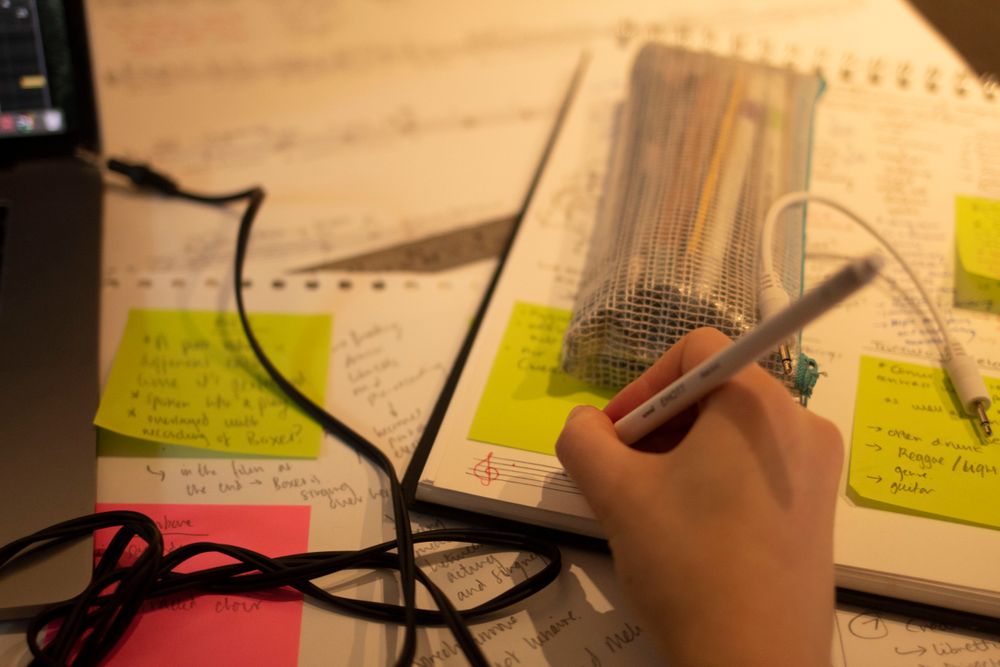Centralising the student
It is all about them. They are at the heart of this experience. It’s about helping them to reach their goals. So encouragement, management, discipline - all these things are key. But that’s the human-interaction side of things, and if you’re a teacher then you’re probably pretty good at that.
More than just being of utmost importance, the student is pivotal in determining the objectives and structure of your teaching. It’s vital to take their needs into account at the most fundamental level, and adapt your approach to their abilities, aspirations and learning preferences.
So as well as tailoring the scope and structure of your teaching to their needs, adapt the content as well. Whether you’re teaching them to read sheet music solely or to read and play an instrument, give them the scope to choose their repertoire. When giving examples or assigning practice works, call on music that excites them, or suggest new discoveries that might suit their tastes.
Try to utilise material that you love, too. It’s easier to get enthusiastic about, and not only is enthusiasm contagious, but it also facilitates connection and communication. Identify where your tastes overlap and seize on that, so that passion and information can be more easily transferred.
An important notion in this context is that of ‘environment’. Generating the right kind of learning environment is arguably no less critical than introducing theoretical concepts in the right order, or determining the right study repertoire.
Prominent alternative approaches to music education, such as the Suzuki and Kodály methods (we revisit these below), revolve around this idea. The former strives to foster a linguistic understanding of music in children through aural learning, collective exercises and performance, and the avoidance of traditional aptitude tests - all in a community setting saturated with musical activities and events.
The latter, a slightly more methodical school, also emphasises learning by ear before the introduction of notation. It advocates an alternative rhythm-counting system as well as an approach to teaching pitch based on solfège, which we’ll come back to later on. A tenet of Kodály’s philosophy is that the scope of teaching should be entirely configured according to the abilities of the student.
Both methods rely on the establishment of a learning environment integrated around music that ultimately prioritises the experience, progress and requirements of the learner. Of course the potential for personalisation is restricted when multiple students are being taught, but both these methods still involve group teaching in conventional practice.
You’d be surprised how far covering a teaching space in musical paraphernalia can go (pictures and bios of composers, glossaries, timelines, sheet-music diagrams) when it comes to engendering this sense of environment, and facilitating progress and growth.
